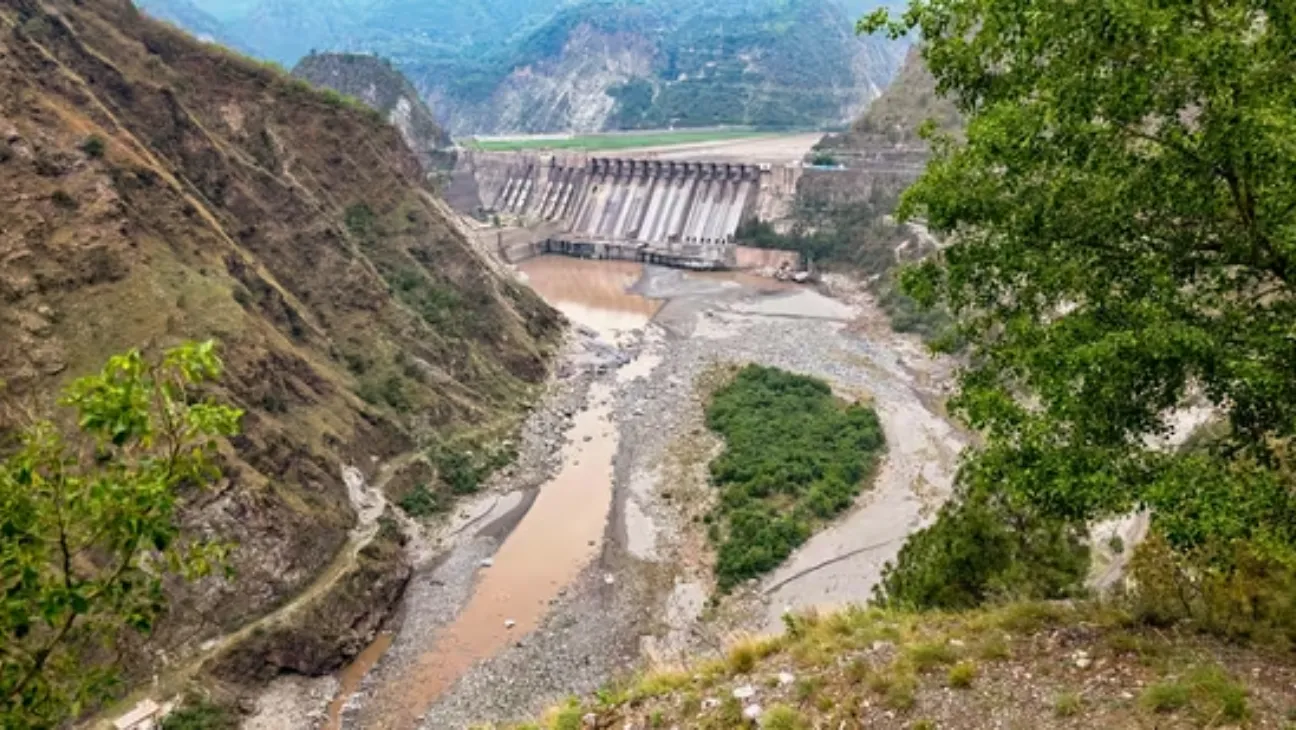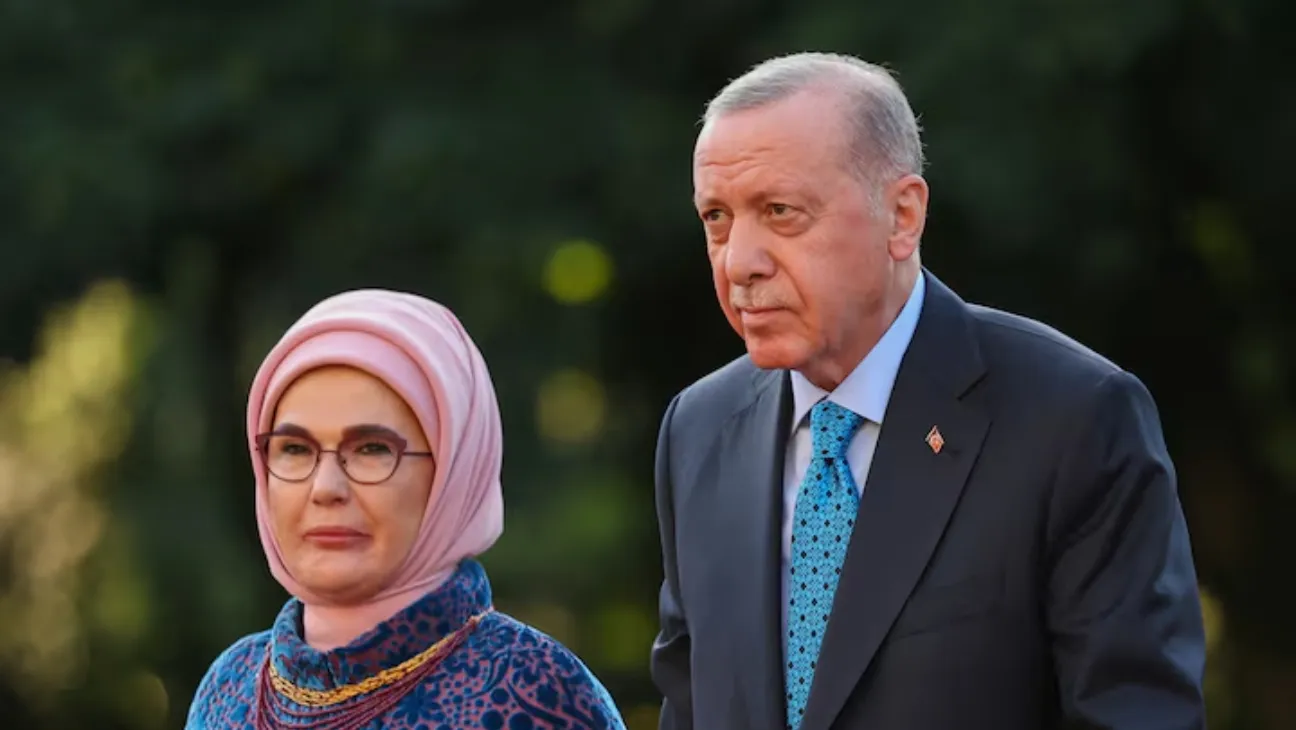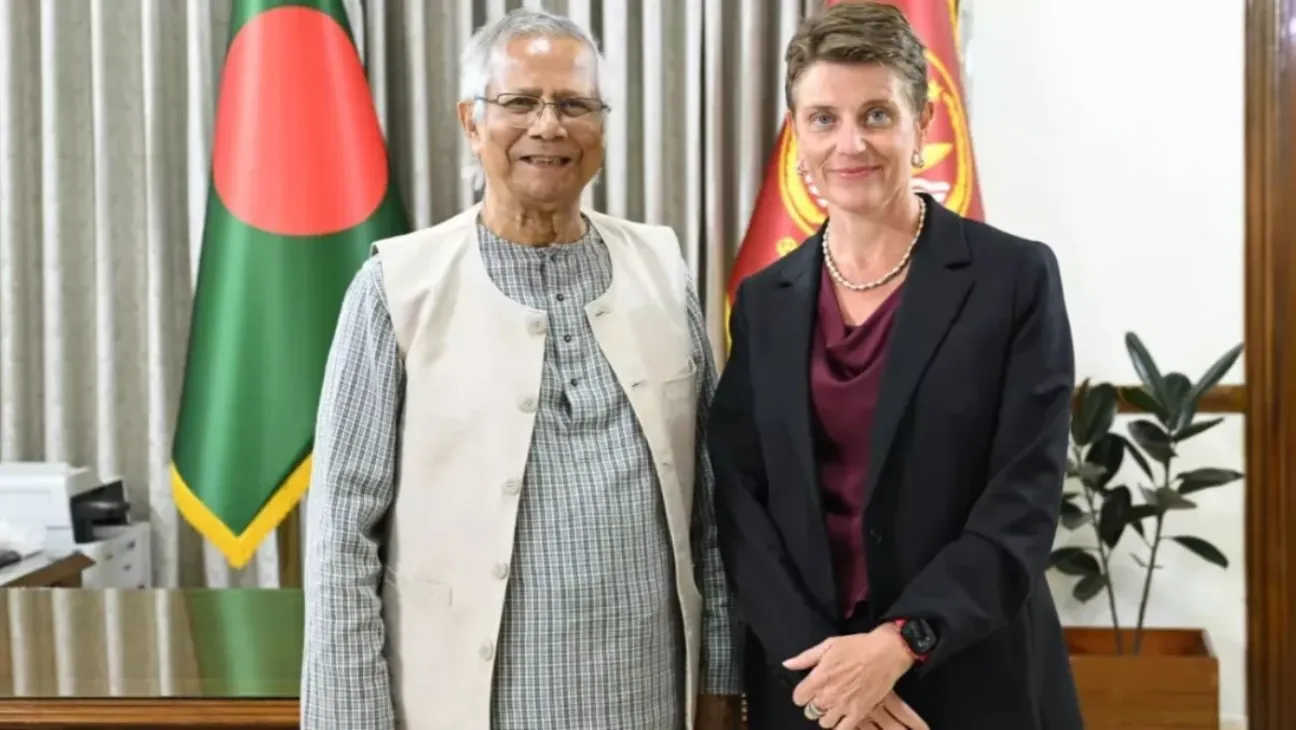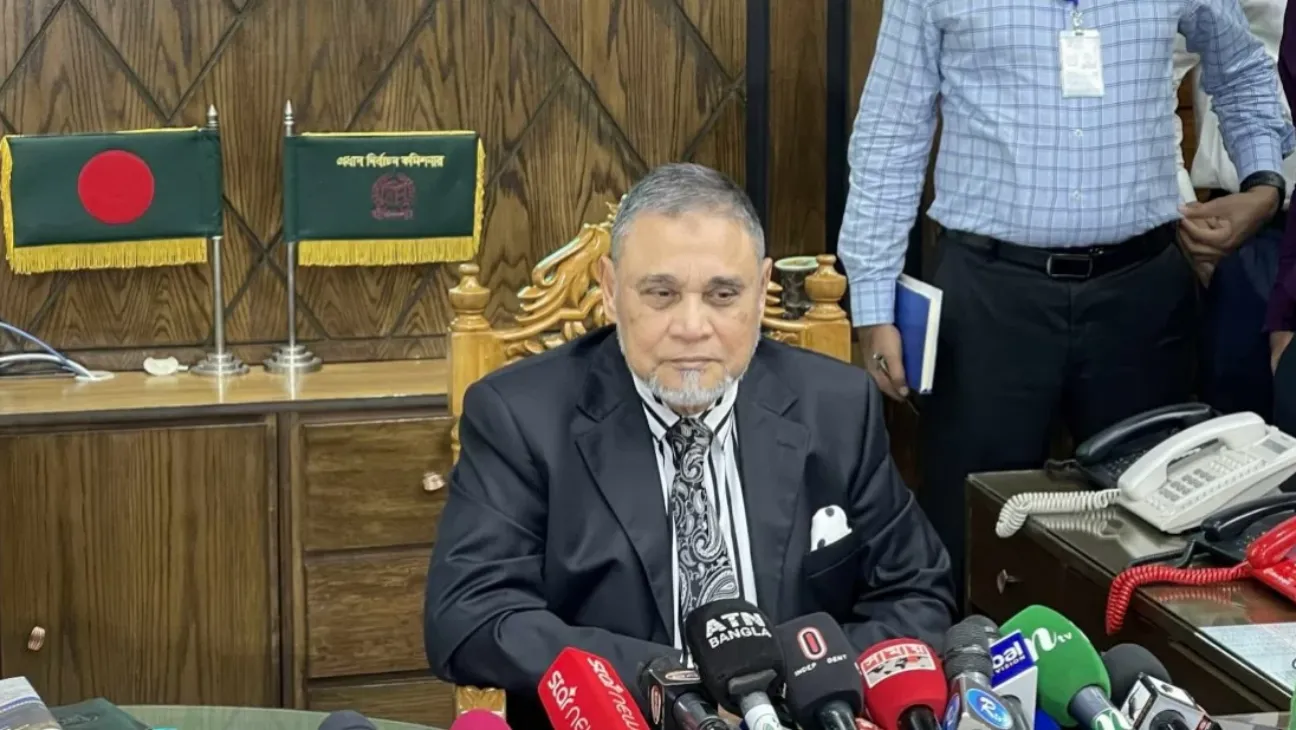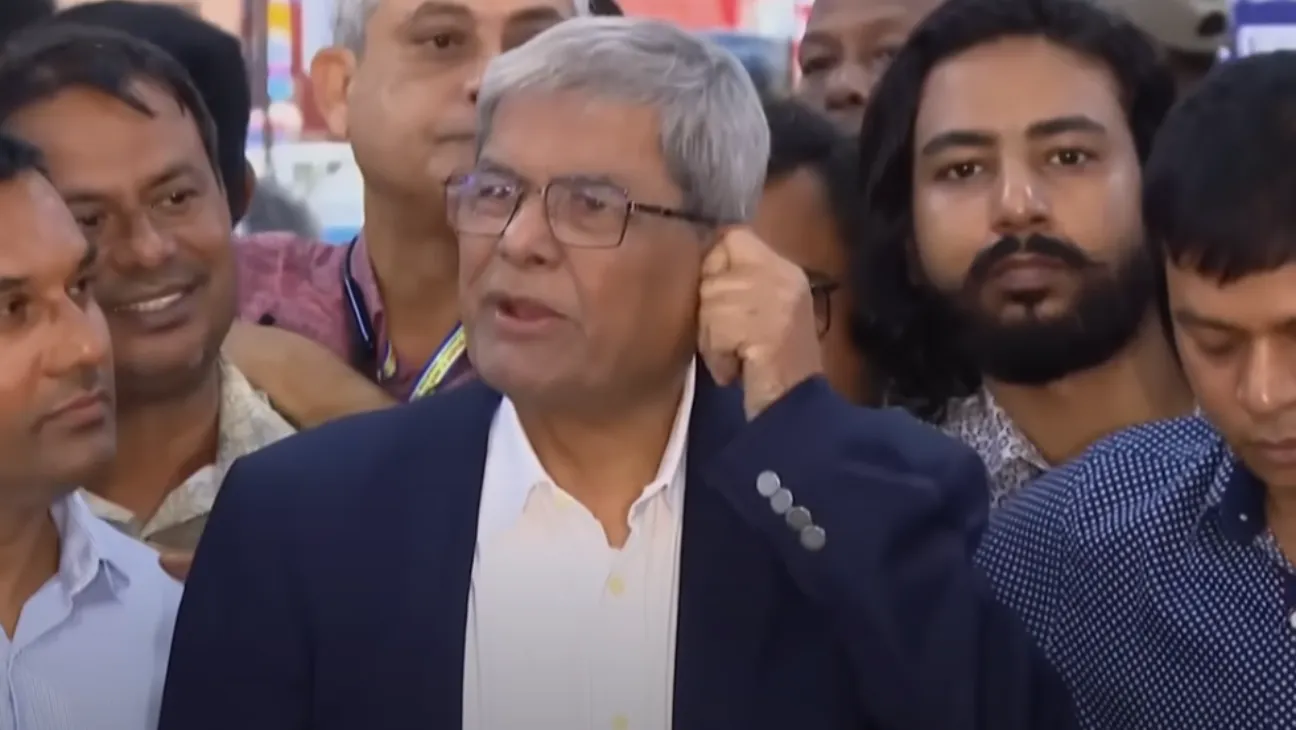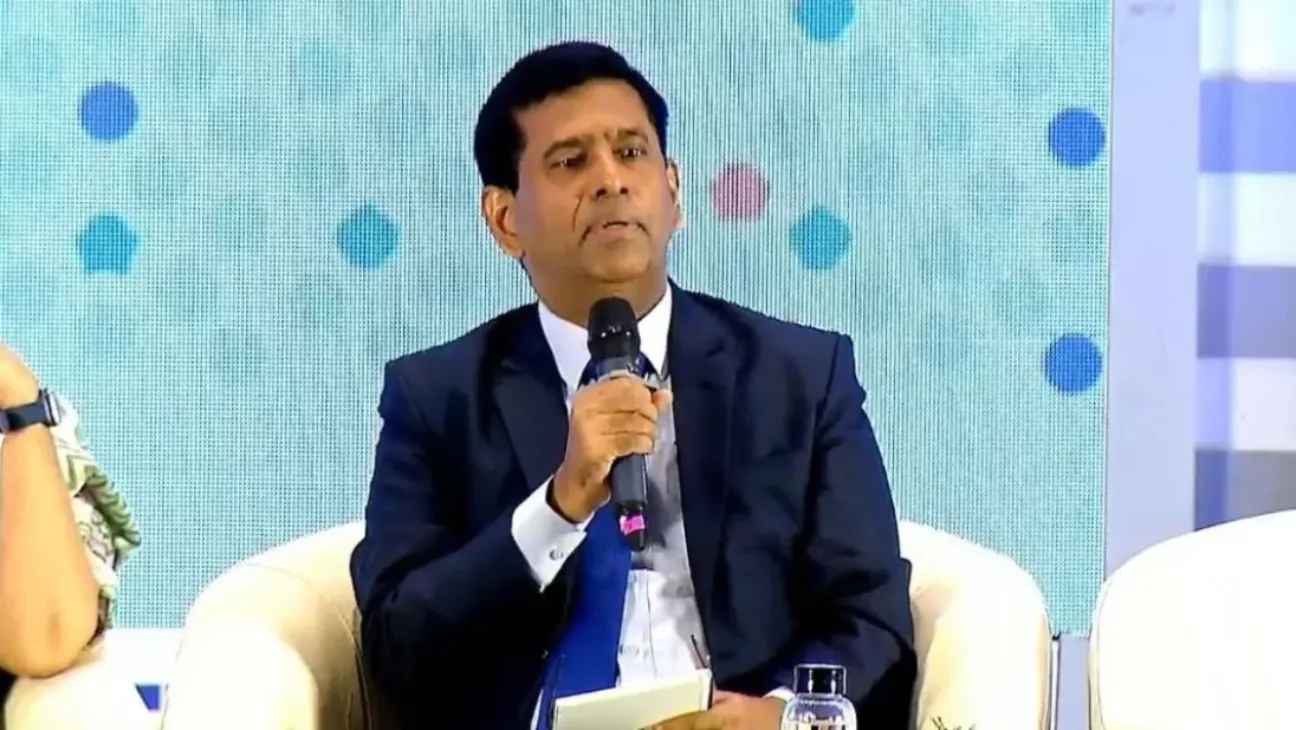In a clear signal to Pakistan, India is ramping up construction on a cluster of major hydropower dams in Jammu and Kashmir.
An official confirmed Thursday that the move comes just months after New Delhi suspended the historic Indus Waters Treaty. The four projects, all located on the strategic Chenab river, are now on an aggressive new timeline, with some expected to be finished as early as 2026.
Among them, the Ratle project is closest to completion. A senior official from Ratle Hydroelectric Power Corporation Limited (RHPCL), a joint venture between NHPC and the Jammu & Kashmir State Power Development Corporation, said it’s now scheduled to go online in May next year.
Over the last month, central ministries, state power utilities, and private contractors have convened multiple meetings to speed up labor procurement and ensure smoother coordination across departments.
Parallel to these efforts, the Ministry of Power is reviewing a new detailed project report for the long-stalled Tulbul navigation project. Also known as the Wular barrage, the Tulbul plan was halted in 1987 after Pakistan raised objections. But now, site visits have resumed near Wular Lake in Sopore, and approval of the design could pave the way for construction to begin by early next year.
According to officials familiar with the planning, the project will support year-round navigation over a 20-kilometer stretch of the Jhelum River by maintaining stable depth levels between Baramulla and Sopore.
The renewed push for hydropower development follows India’s decision to suspend its participation in the 1960 Indus Waters Treaty. That announcement came days after a deadly terror attack in Pahalgam on April 22, which India linked to cross-border elements. Since then, New Delhi has stopped sharing project data with Islamabad under the treaty’s framework.
The Indus agreement originally divided water access across six rivers: the Indus, Jhelum, and Chenab were assigned to Pakistan, while the Ravi, Beas, and Sutlej went to India. The western rivers, including the Chenab, have long been a point of contention.
Pakistan has been fighting the design of these dams for years, arguing they could give India the power to choke off the river’s flow in violation of their water-sharing treaty.
The dispute, which centers on the Ratle dam’s design, even went to international arbitrators in The Hague earlier this year. The court was preparing to have a neutral expert decide if the dams’ technical blueprints broke the treaty’s rules.
One of the pivotal engineering feats for Ratle came last year, when workers diverted the Chenab River through tunnels in Kishtwar’s Drabshalla region. Pakistan raised objections even then, which delayed some parts of the work.
Combined, the four hydropower sites will generate 3,014 MW of electricity. Officials say that’s just the beginning. According to one source, the broader plan includes tapping up to 20,000 MW of hydropower potential in Jammu and Kashmir, though future projects hinge on completing the current ones.
India’s foreign ministry has stated that the suspension of the Indus treaty will remain in effect until Pakistan “credibly and irrevocably” ends its support for cross-border militancy. That statement, made in April, still stands.

